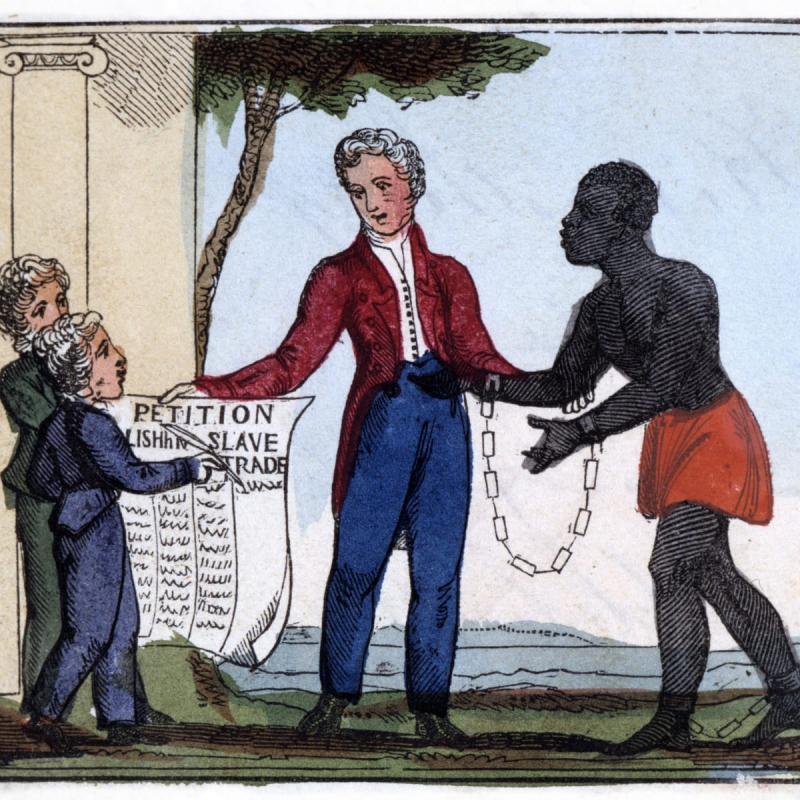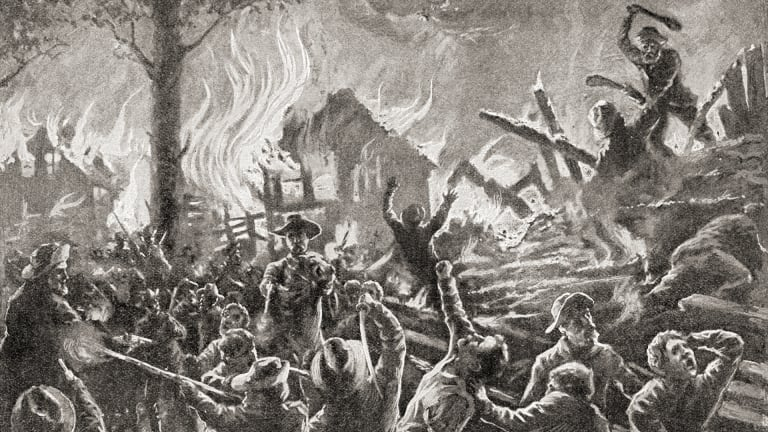The abolitionist movement
Northerners' opposition to slavery became more divisive over time. Growing sympathy was felt for abolitionists as well as opposition to slavery and its practitioners. Many people in the North began to believe that slavery was morally wrong in addition to being socially unjust.
There were many different perspectives among the abolitionists. Frederick Douglass and William Lloyd Garrison, among others, fought for the instant emancipation of all slaves. Theodore Weld and Arthur Tappan were part of a group that favored emancipating slaves gradually. Others, like Abraham Lincoln, merely wished to prevent the spread of slavery.
In the 1850s, a lot of things happened that fueled the abolition movement. "Uncle Tom's Cabin," a well-known book by Harriet Beecher Stowe, helped many people understand the reality of slavery. The Supreme Court was confronted with the rights, freedom, and citizenship of enslaved individuals as a result of the Dred Scott Case.
Some abolitionists also chose a less peaceful strategy in their battle against slavery. In "Bleeding Kansas," John Brown and his family campaigned for the abolition of slavery. They carried out the Pottawatomie Massacre, killing five settlers who supported slavery. However, Brown's most well-known battle would also be his last when the party stormed Harper's Ferry in 1859; he would be executed for the crime.







